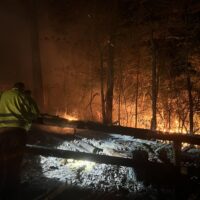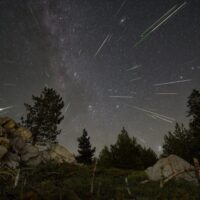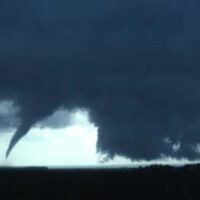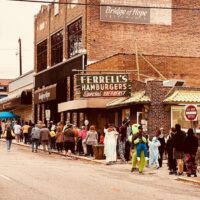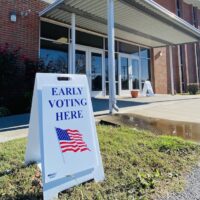This time of year, Land Between the Lakes’ Woodlands Nature Station is inundated with concerned calls about lone fawns, sparsely-feathered fledglings, and other seemingly abandoned creatures. The nature station’s lead naturalist, John Pollpeter, speaks with Tracy Ross about the appropriate steps to take in animal rescue — and non-rescue — situations.
With springtime comes young creatures stretching their legs, wings, and other appendages for the first time. It may be tempting to try and rescue animals found on their own in the wild. However, Pollpeter explains that in doing so, more harm can be done than good.
“A lot of times, people try to do the right thing. They try to [have] a big heart,” Pollpeter says. “They may actually do the wrong thing. Or they may have legitimate reason to rescue something that’s been orphaned. But then they try to feed it or water it, and that causes it greater harm than just getting it to the right people.”
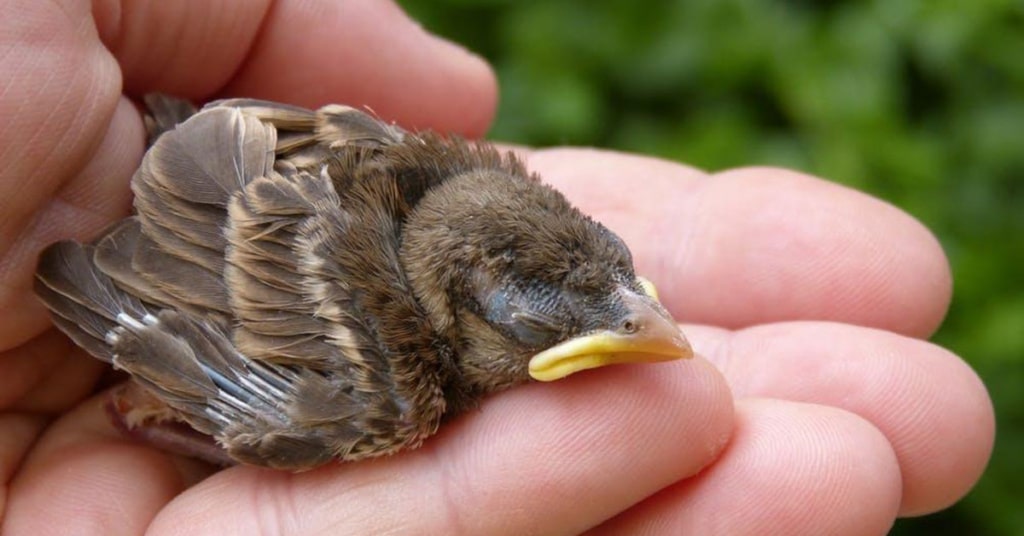
Pollpeter says that during this time of year, most of the calls coming in regarding animal rescue involve fawns [baby deers] and fledglings [baby birds]. “A strategy for [fawn] mothers is to leave the babies by themselves because the babies have no scent. If mom hangs out with them, she’s attracting predators to it. So the strategy is to go and nurse it when it’s safe, and then keep a long distance. So a lot of times, people will find these fawns next to a tree or rock or in the grass. They think it’s abandoned, and it’s not.”
“At this time of year, sometimes a storm can come in and knock a nest down. You may see a somewhat feathered baby [bird]. The feathered baby is a fledgling, and it’s trying to fly,” Pollpeter continues. “They don’t fly right out of the nest,” Pollpeter says. “They’ll fall to the ground. You can hear mom and dad chattering at them. They just need time to get their wings underneath them. To get practice in. So they’re going to be clumsy.”
Pollpeter advises keeping dogs and cats away from the yard unsupervised when fledglings are present. If a fledgling is found outside of the nest and it doesn’t have very many feathers or looks weak, Pollpeter says an artificial nest can be made out of something similar to a Cool Whip container. “Drill some holes in the bottom, make a grass nest in there, and zip that up into a tree. Momma and Dad will come right to it. Birds do not abandon their babies very easily.”
As for the myth that touching birds will prevent their parents from returning to them — turns out it’s nothing but loose feathers. “The old myth of you touching them is just a myth. You can touch that bird and put it into a nest and back up into the tree, and mom and dad will take care of it.”
“We also get baby possums or raccoons or squirrels in the same situation. Not all those animals need to be rescued,” Pollpeter says. “If you do rescue them, you should do it in a certain way. Most likely, if you give them water, they’ll aspirate on that water. It’ll get into their lungs and give them pneumonia. If you give them food, they might throw it up, or it might be the wrong type of food. It might cause a lot more problems.”
So when is it appropriate to step in? “First, you have to identify whether the animal has been abandoned. When you’re talking baby mammals, if the animal is emaciated, if it’s bleating [and] calling out for its mother, if it’s covered in ticks or flies, that is an animal in stress and probably needs to be rescued. If it looks healthy, it’s not crying out, if it’s trying to hide, maybe if it’s even playing there in the open when it shouldn’t, it doesn’t necessarily mean that it needs to be rescued.”
“You need to look for those other signs of stress to determine whether you need to rescue or not. Often we advise people to maybe watch [the animal] for 12-24 hours to see what the situation is. One of the problems that we have is we have these folks called wildlife rehabilitators. These are all volunteers that are trained to take care of injured and orphaned wildlife. We have several in the WKMS listening area.”
“They will end up with hundreds of animals,” Pollpeter continues. “Remember, these are volunteers. They only take donations. They only have so much capability of being able to save all of these animals. Animals that don’t necessarily need to be rescued [are] best…left to their mothers who can definitely take better care of them.”
For more information on injured or orphaned animal rescue, Pollpeter says to “come to the nature station or call us and ask us different questions.” Additionally, “there’s a number of different wildlife rehabilitation places that have good websites that tell you what to do or how to identify something. The Kentucky Fish and Wildlife website is a great resource as far as first finding out the different wildlife that lives in Kentucky and also what happens when you find an injured or orphaned wildlife and who to contact that can take care of the animal in your area,” Pollpeter concludes.
This report first ran on WKMS.org.

